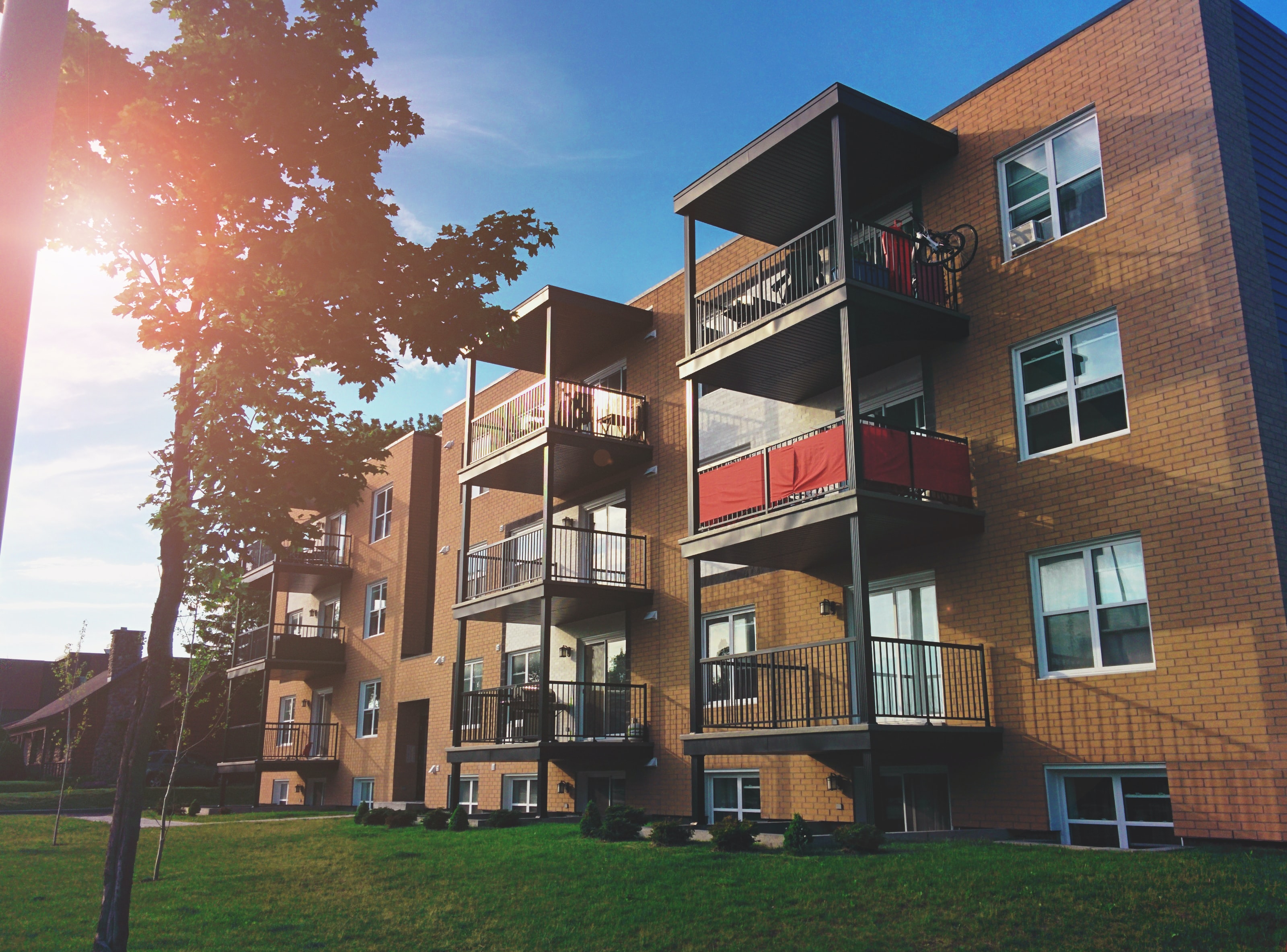The UK aims to be net zero across all industries by 2050. And part of the plan for the property sector to achieve this is The Future Homes Standard.
The Standard aims to make new-build homes more energy efficient and less reliant on fossil fuels, so that the transition towards net-zero is more obtainable.
It’s set to come into place in 2025, but there have already been updates to Part L of the Building Regulations in June 2022 to make the process more gradual.
There are a lot of options (and information) out there when it comes to the Future Homes Standard – and it can be hard to know what’s the best choice for your project.
Below, we break down some key things to consider in order for your new builds to align with the upcoming regulations.
What’s changed as of June 2022?
The changes to Part L of the Building Regulations were announced in December 2021 but came into place in June 2022 – offering developers a more achievable stepping stone before they need to conform to 2025’s more stringent measures.
Iceni Projects’ briefing report compares the requirements of Part L:2013 with Part L:2021 standards (the changes to the Building Regulations between 2013 and 2021).
Here are the key takeaways and differences between the two versions:
- New homes now need to produce 31% fewer carbon emissions than in the previous set of regulations
- U-value (W/m2K) for roofs dropped from 0.13 to 0.11
- Window u-value dropped from 1.40 to 1.20, including the use of double glazing
- Space heating source – move to low carbon heating
- Heat emitters – standard radiators to low-temperature heating
- PV installation to be 40% of the ground floor area

What do developers need to consider?
To meet the more rigorous new standards, developers will need to keep three main challenges front of mind: how to heat new builds, how to source energy-efficient materials, and how to keep costs down.
Heating systems
The Future Homes Standard has a big focus on heating systems – both from the electricity grid and an individual home standpoint.
New dwellings shouldn’t be as reliant on fossil fuels for heating and should be easily able to transition over to more renewable energy sources once the electricity grid is fully net zero.
Until then, and in order to meet the recent changes to Part L, developments will need to incorporate alternative heat sources to help lower their carbon emissions. This is particularly important, as receiving renewable energy at source is largely out of your control, so building in contingencies is a useful way to ensure you’ll still meet regulations.

Communal heat networks (or district heating) are put forward in the Standard as an option – with the idea being that one central source would supply heat to multiple dwellings or businesses. However, this is a lot more effective in high-density areas and may not work outside of towns or cities.
It also removes personal responsibility for limiting the use of heating – particularly if there’s a flat rate which would remove the financial incentive to be more aware of heat consumption.
Direct electric heating (which contributes no emissions at the point of use) and heat pumps are also low carbon options to consider, but again, are not without their limitations. Namely, availability and expense which we’ll get into below.
Sourcing materials
Heating systems are only one piece of the puzzle. A fabric-first approach means that insulation also plays a big role in ensuring new homes are more energy efficient.
Materials used for walls, floors, and roofs need to be carefully considered to limit heat loss – as well as your choice of doors and window glazing.
Stress testing the airtightness of these materials at openings, incoming service penetrations, and thermal bridging junctions will help maximise the value you’re getting from these products and make sure they are meeting standards.
Sustainable fabrics are becoming increasingly popular, but there’s still uncertainty over how the supply chain will cope when demand inevitably surges in the lead-up to 2025. Particularly when considering the recent challenges and shortages of construction materials.
Build cost premiums
Heat pumps are fairly pricey to buy as there’s still a relatively low demand for them – which is the case for a lot of sustainable options currently on the market.
Not only will the price of materials eat into your margins and boost your build costs, but if the heating systems are expensive to run, they may reduce the saleability of the development.
It’s not all doom and gloom though. As these products and materials become increasingly necessary, and as a result, more mainstream, the prices will be driven down.
Plus, investing in these low-carbon options now future-proofs your development and prevents the need for retro-fitting which is often costly and intrusive.

Other considerations
On top of these primary considerations, there are also questions about how to best address overheating (we’ll be looking at this in a separate blog soon) and the performance gap between design and reality.
Even with the best will (and team) in the world, sometimes the execution doesn’t measure up to the intent. This can be caused by:
- The limitations of energy models
- Build quality, such as insulation gaps
- Resident behaviour
The last point in particular is especially hard to predict.
It can’t be taken for granted that residents will be aware of how to use the tech, product, and spaces in the way they were intended. And knowledge gaps can lead to performance gaps – raising the question of whose responsibility is it to educate residents?
There are still a lot of unknowns when it comes to adhering to the Future Homes Standard, but there are ways to make complying easier for yourself.
Research materials and make sure you place orders well in advance to avoid delays. The end buyer and their preferences should also be factored into the planning stage as early as possible to help mitigate any issues.
How can you prepare?
The Future Homes and Building Standard introduces quite a few changes, all with the goal to help the country transition to net zero.
While we broke down some of the headline changes to look out for, there are still a lot of unknowns and unanswered questions.
You can mitigate some of the risks with a few changes though. Research your materials and place your orders well in advance to avoid delays. Ensure buyer preferences are factored into the planning stages as early as possible to avoid any issues.
As with most things in planning and construction, the more you research, and the earlier you act – the less likely it is that things will go wrong. Combine this with all the invaluable data you get through LandInsight and our regional insights, and you’ll build up a strong picture of where you should be developing your new builds – and the demographics you should be targeting.
We’d love to hear your thoughts on how you’re approaching the Future Homes Standard and whether there are any other key considerations we’ve missed.
Shannon is a Community Content Specialist at LandTech. Her marketing skills started young, when she designed the logo for her primary school (which they still use today). In fact, she's so persuasive, she once convinced John Bishop to give up his seat on a train (first class, no less).

